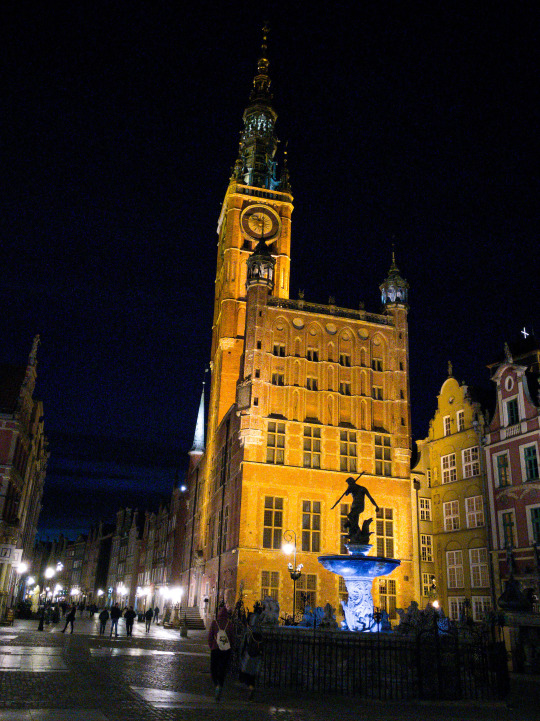#1336CE
Explore tagged Tumblr posts
Photo

Medieval Japan
The medieval period of Japan is considered by most historians to stretch from 1185 to 1603 CE. Stand out features of the period include the replacement of the aristocracy by the samurai class as the most powerful social group, the establishment of shogun military rulers and their regents, the decline in power of the emperors and Buddhist monasteries, and a stratification of feudal society into lords and vassals as well as a lasting class differentiation based on profession. The country witnessed long periods of civil wars as warlords and large estate owners (daimyo) fought for prominence and the central government struggled to unify Japan. On the other hand, there were developments in agriculture, commerce, and trade. The arts flourished, especially ink painting and performance arts. Finally, Japan's presence on the international stage became more involved with the Mongol Empire attacking Japan in the late 13th century CE and Japan invading Korea in the late 16th century CE, both campaigns ending in failure. All in all, then, a busy period of development and one which saw the population of Japan rise from around 7 million at the beginning to around 25 million at the end of it.
Medieval Time Periods
The history of medieval Japan is traditionally divided into the following periods:
Kamakura Period (1185-1333 CE)
Muromachi Period (1333-1573 CE)
includes the Sengoku Period (1467-1568 CE)
Azuchi-Momoyama Period (1573-1600 CE)
Alternatively, the period may be divided into the following two shogunates:
Kamakura Shogunate (1192-1333 CE)
Ashikaga Shogunate (1338-1573 CE)
Continue reading...
67 notes
·
View notes
Text
Neptune at night guard in front of Town Hall

During night the contrast and dimensions of the Neptune Fountain, the Town Hall and the main city square of Gdansk gets a certain perspective. A cold spring night is is framed in dark, light, and mystery.
A center of social life day and night since medieval times, this area is worth visit freqently both for the views and the food and drinks. Placed in the crossing of Długi Targ, the "Long Market"/city square, and Ulica Długa, the long lane/street, the Town Hall is the second tallest building in old Gdansk.
The first Town Hall was mentioned back in the late 1200s. But the first building that later was extended again and again was built here in 1336CE. With addition of the statue of king Sigismund the great as part of a taller tower, it reached the current height.
During the European war theater of WWII, this building like the rest of the city was heavily damaged. Reconstructions was done 1946 to 1952.
Today the old Town Hall is part of the City museum. https://en.m.wikipedia.org/wiki/Gda%C5%84sk_Town_Hall
(at Đài phun nước Neptune, Gdańsk) https://www.instagram.com/p/Cj3OrioPqCv/?igshid=NGJjMDIxMWI=
#Neptune#Poseidon#fountain#statue#roccoco#flemish#mannerism#art#architecture#Długi#Targ#Long#Market#LangerMarkt#citylife#nightlife#citywalk
1 note
·
View note